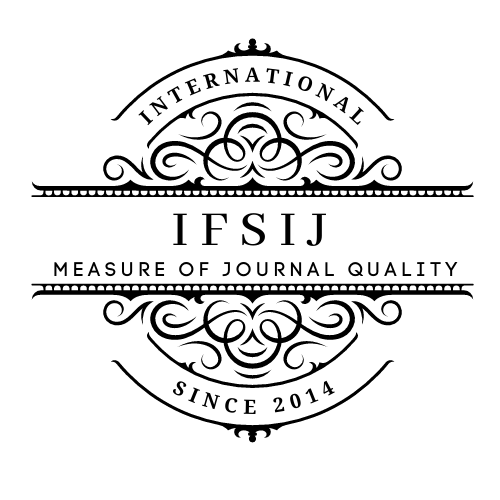HYPERVITAMINOSIS D OR VITAMIN D TOXICITY
Keywords:
Hypercalcemia; Acute Kidney Injury, Poisoning, 25(OH)D; hypervitaminosis, clinical symptoms; management; toxicity; vitamin D.Abstract
Vitamin D toxicity, or hypervitaminosis D is the toxic state of an excess of vitamin D. The normal range for blood concentration in adults is 20 to 50 nanograms per milliliter (ng/mL). Fortification of food products with vitamin D was central to the eradication of rickets in the early parts of the 20th century in the United States. In the subsequent almost 100 years since, accumulating evidence has linked vitamin D deficiency to a variety of outcomes, and this has paralleled greater public interest and awareness of the health benefits of vitamin D. Supplements containing vitamin D are now widely available in both industrialized and developing countries, and many are in the form of unregulated formulations sold to the public with little guidance for safe administration. Together, this has contributed to a transition whereby a dramatic global increase in cases of vitamin D toxicity has been reported. Clinicians are now faced with the challenge of managing this condition that can present on a spectrum from asymptomatic to acute life-threatening complications. This article considers contemporary data on vitamin D toxicity, and diagnostic and management strategies relevant to clinical practice.
Downloads
Published
How to Cite
Issue
Section
License

This work is licensed under a Creative Commons Attribution-NonCommercial-NoDerivatives 4.0 International License.















